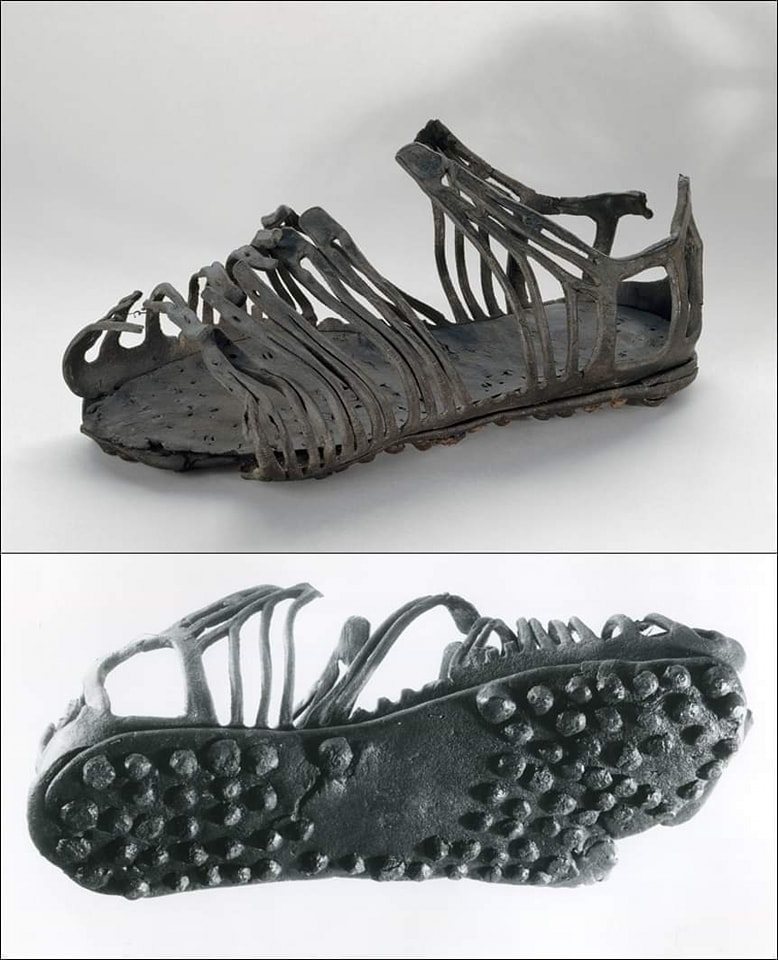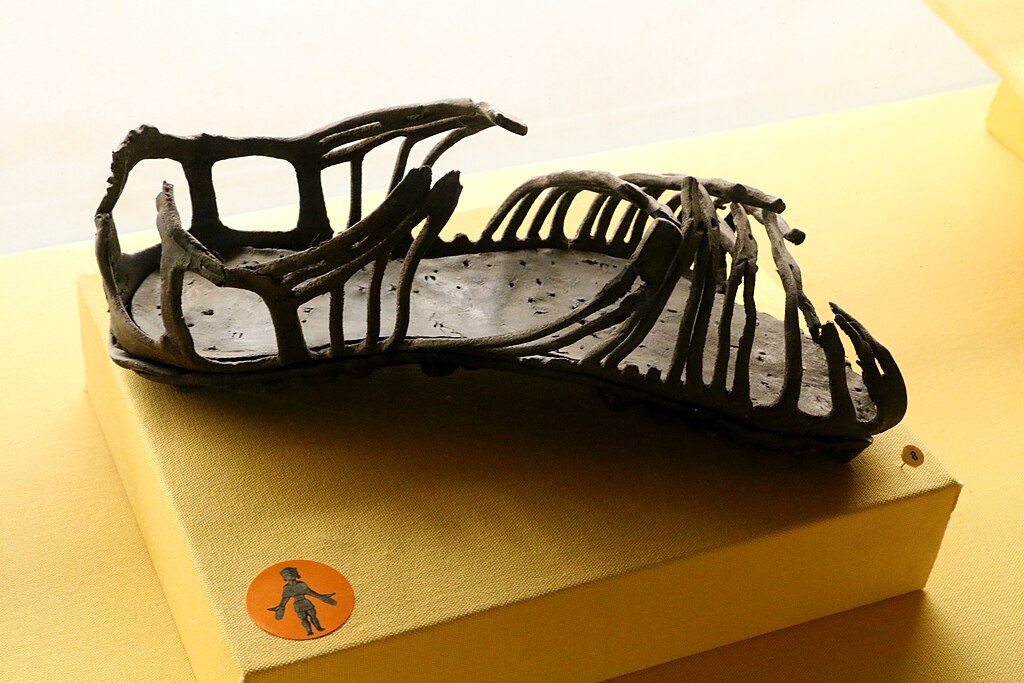2,000-year-old Roman military sandal with nails for traction found in Germany

Archaeologists have uncovered the remains of a 2,000-year-old Roman sandal near an ancient military fort in Germany.

The military-style footwear was found during excavations at a civilian settlement located on the outskirts of a Roman fort near Oberstimm, in Bavaria. According to the Bavarian State Office for Monument Preservation (BLfD), the settlement was likely inhabited between A.D. 60 and 130.

Only the sole and a few “well-preserved nails” of the leather shoe survived, which researchers examined using X-rays. The analysis revealed that it was a caliga, a heavy-duty, hobnailed sandal worn by Roman legionaries and auxiliary soldiers. These sandals were designed for marching, with the nails providing traction and protection against blisters and conditions like trench foot, according to Scotland’s Trimontium Museum. The nickname of the third Roman emperor, Caligula, meaning “little boot,” originated from the small caligae he wore as a child among his father’s soldiers.

By the end of the first century A.D., however, the Roman army had begun replacing caligae with enclosed boots called calcei.











